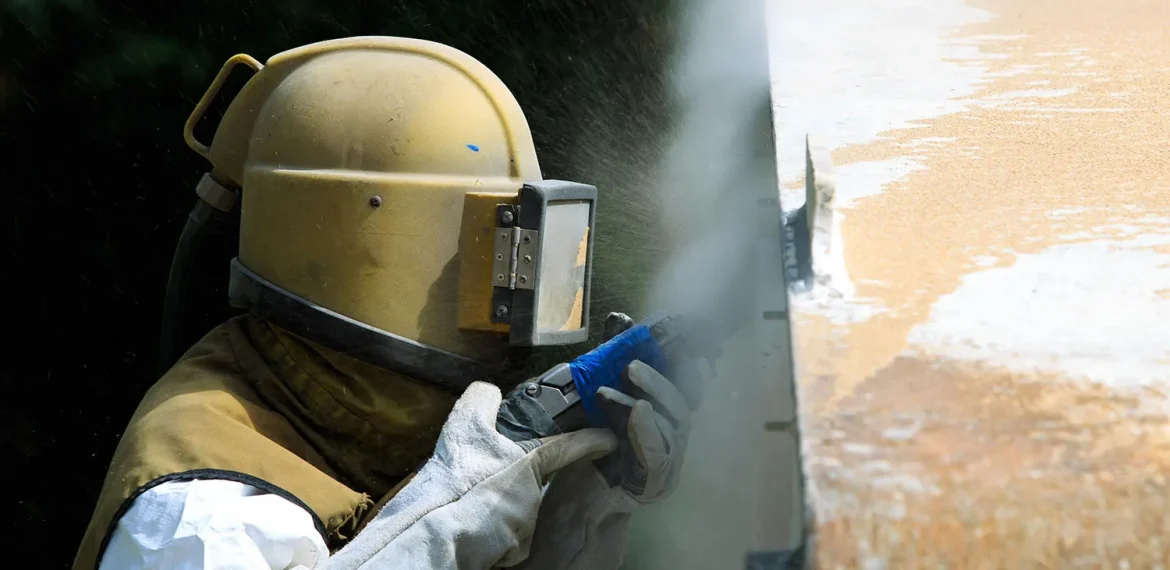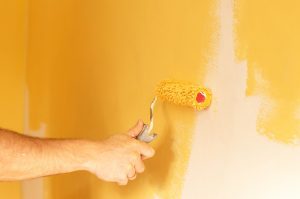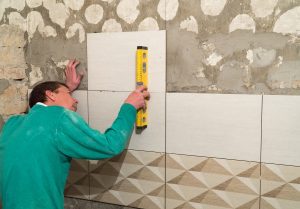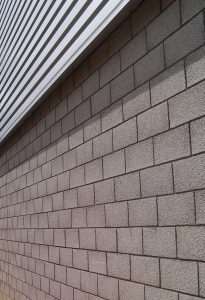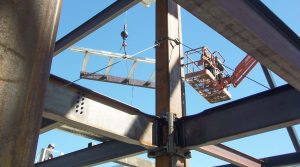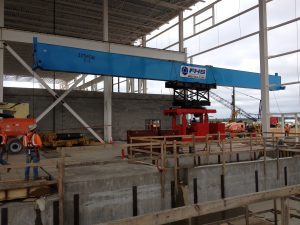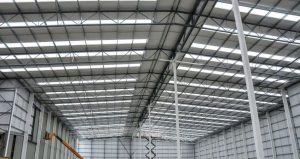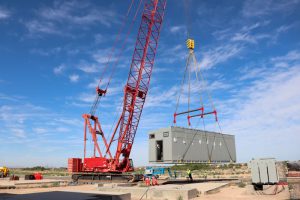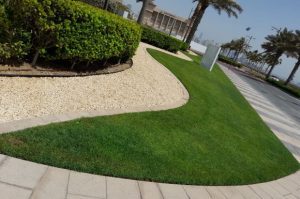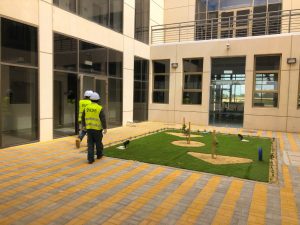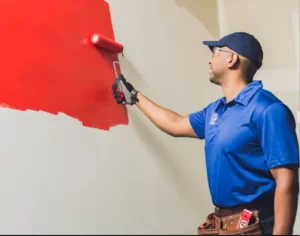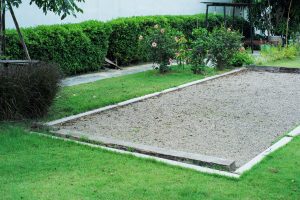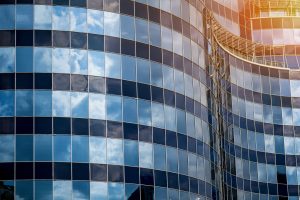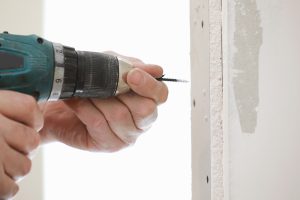It is essential to properly prepare the substrate before applying new coatings to any commercial or industrial building. By taking this crucial step, you can assure that the new coating will adhere well and will be applied evenly and in such a way that it will withstand environmental threats.
Using specialized equipment, called abrasive blasters, to propel a controlled stream of abrasive material across the surface to be coated is a typical form of surface preparation.
Most abrasive material may be used more than once and costs very little. This contributes to abrasive blasting’s status as a reasonably priced method of surface preparation. In addition to being effective, it takes very little time to clean most surfaces.
Advantages Obtained Through Abrasive Blasting
The procedure of abrasive blasting is incredibly adaptable and is frequently used as a therapy for a variety of issues. The following are some of the advantages that await you include the following
Rapid Rust Removal
Conventional methods of coating typically need that the surface is free of rust prior to treatment in order for them to be successful. In a matter of seconds, rust may be completely removed using the appropriate abrasive blasting media.
Improved adhesion of the paint
Smooth surfaces can be roughened by abrasive blasting to make them more suitable for adhesion. This is done because a substrate that is more porous is much more likely to be able to assist adhesion.
This has a significant positive impact on the coating, protecting it from the degeneration that was induced by the uneven application.
Decontamination of the Surface
Dry ice has been used for many years in conjunction with blasting equipment to eliminate mold and other potentially harmful substances. It is possible for it to be effective on concrete, brick, mortar, and other materials as well.
Why Do Abrasive Blasting Before Coating?
Abrasive blasting is often a cost-effective method for cleaning and preparing surfaces, and the majority of abrasive media may be recycled for several uses. This technology has a number of economic advantages over more conventional approaches.
These include the ability to clean surfaces more quickly and effectively while simultaneously eliminating unwanted impurities in a more effective manner.
Any pollutants that were left on the surface before the coating was applied might cause issues at a later time. This might result in the surface needing to be re-cleaned at additional cost, or in the worst-case scenario, it could cause the material to collapse.
The regulation of the surrounding atmosphere is an essential component of surface preparation. When it comes to the degree of success that a coating achieves in terms of adhesion, time, temperature, and humidity are all crucial factors.
Before a coating is placed, cleaning will leave surfaces such as metals open to more oxidation, which will increase the risk of corrosion. After the surface has been prepared, it is absolutely necessary to begin the coating process as quickly as possible.
The temperature needs to be kept under control so that there is no accumulation of moisture on the surface. Condensation of moisture on the surface of the substance is also more likely to occur when the humidity is high.
Take Away
When it comes to cleaning and preparing surfaces for coating, abrasive blasting is both the most effective and economical option. The fact that it may be done in a sterile setting is only one of several significant benefits it has over chemical cleaning.
In order to protect the underlying material and cut down on the time and money spent on cleaning and re-coating, abrasive blasting is often used as the first step in the coating process.

